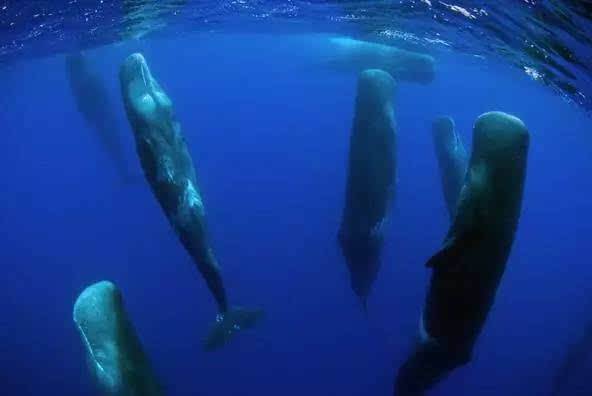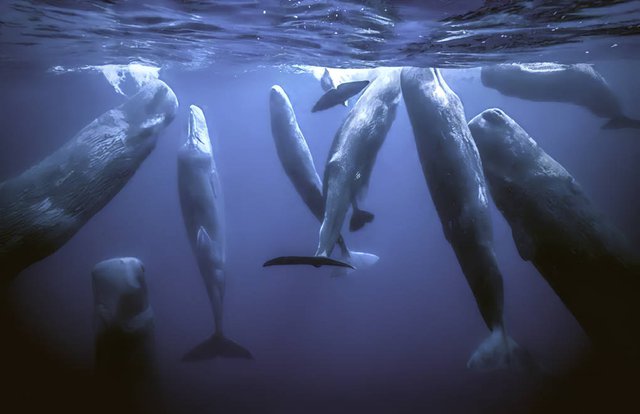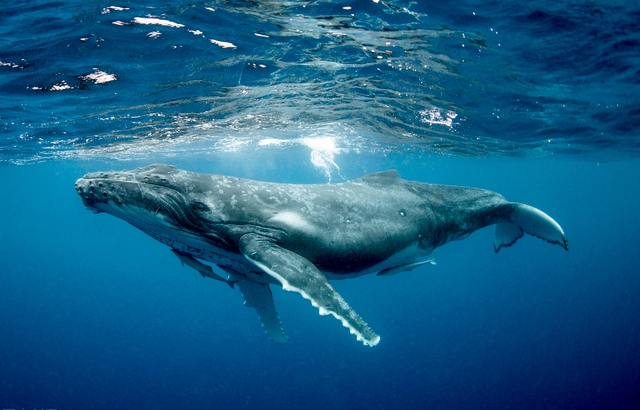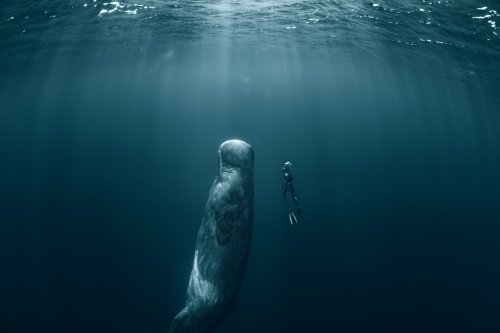Why Can Whales, with Their “Breathing Nose,” Sleep Underwater?
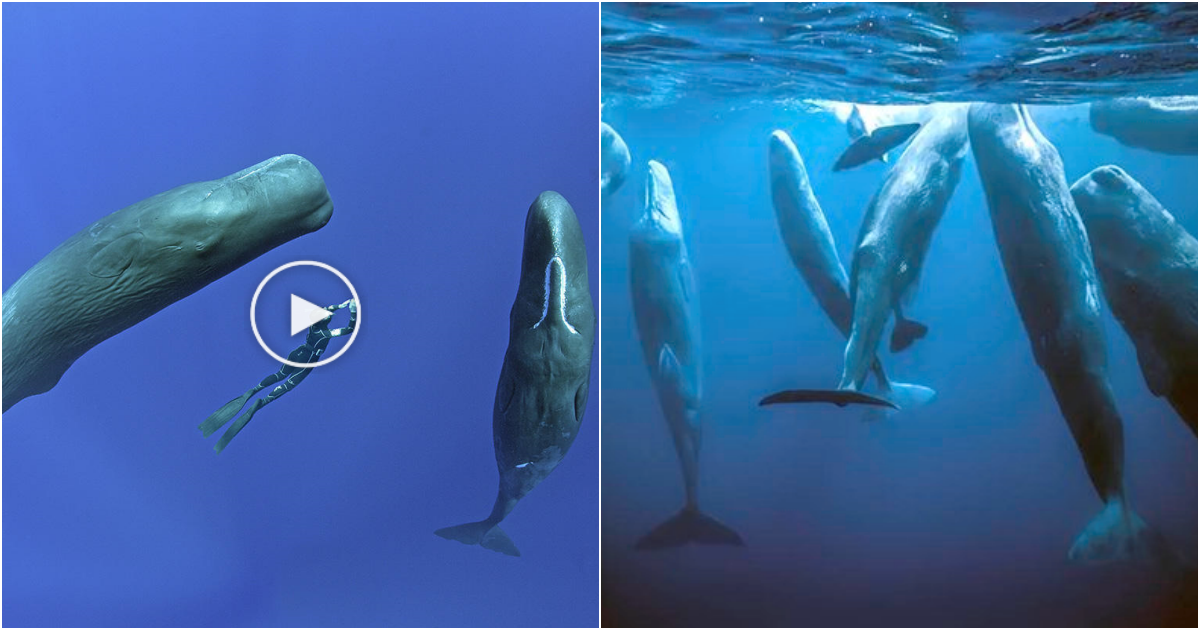
In-depth research has recently revealed fascinating aspects of whale sleep. The statement “whales don’t need sleep” is completely false, despite many people believing that whales cannot sleep underwater.
As highly intelligent mammals living in the cold depths of the ocean, whales and dolphins do require sleep. However, unlike humans who need a continuous 8-hour sleep every day, whales and many other animals have highly fragmented sleep patterns. For example, horses only need 2 hours of sleep per day, while giraffes only require 10 minutes.
On the other hand, some animal species need more sleep due to their specific behaviors and body structures. For instance, snakes, frogs, and other creatures that hibernate may sleep for several months. In reality, there has been limited research on the sleep patterns of whales. Since the captivating images of sleeping whales floating in the open ocean were captured, scientists have started focusing more on deciphering the sleep of these animals.

Whales sleep amidst the depths of the ocean. The image of a motionless whale positioned nearly vertically in the water is recognized by experts as a sleeping posture. However, in order to temporarily “let their guard down” in the vast and perilous ocean, whales and dolphins, with their blowholes on their backs, need special survival skills and adaptations.
Sleep in the blue whale, in particular, drew attention and was studied early among whale and dolphin species. After the large blue whales submerge into sleep, they remain vertical in the water, resembling giant floating pillars in the ocean.
As mammals, whales breathe through their lungs and cannot extract oxygen from water like regular fish. When whales sleep, they exhibit a behavior similar to human breath-holding. They have powerful muscles around their blowholes that can tightly seal them underwater.
Whale lungs have an enormous capacity. Consequently, by taking a single breath when they come to the water’s surface, they can stay underwater for several minutes without needing to breathe. This is the time they use for sleep.
This airtight breathing mechanism determines the duration of whale sleep. Most whales find this short duration of just over ten minutes sufficient for their sleep. However, if they need more sleep, they simply come up to the surface to take a breath and then return to their floating “sleeping” position. This breathing process does not require much effort or time because whales usually sleep close to the water’s surface.
The sleep behavior of whales becomes even more intriguing with further research. It has been discovered that almost all whales exhibit a typical behavior called Unihemispheric Slow-Wave Sleep (USWS). This sleep pattern involves alternating periods of rest in one hemisphere of the brain while the other hemisphere remains awake. This is in contrast to normal sleep, where both eyes are closed, and both brain hemispheres rest simultaneously.
In reality, whale respiration is quite similar to humans. They can breathe naturally or consciously hold their breath. The purpose is to ensure that whales always have the awareness to rise to the water’s surface to breathe, as well as to prevent them from suffocating due to a lack of oxygen. Therefore, the brain of a whale does not completely enter a state of sleep during this process.
Overall, human knowledge of whale sleep, as well as that of dolphins and many other animal species, remains limited. All current research only scratches the surface.
The difficulty lies in the fact that the electroencephalogram (EEG) analysis methods commonly used by humans are challenging to apply to wild animals. Furthermore, disturbing the natural behaviors of animals solely for research purposes is ethically questionable.
Hopefully, in the future, there will be more modern techniques that allow humans to easily access and study various animal species, thereby gaining a better understanding of the vast and mysterious natural world.
